
Coronavirus vaccines are being administered. Pfizer’s COVID-19 vaccine was the first to finish the final stage of testing – known as phase 3 – and the full results have been published. Having assessed the data, countries are beginning to authorise this vaccine for public use and roll it out.
Others are not too far behind. The Oxford/AstraZeneca vaccine is nearing the end of phase 3, and the research team has released interim figures from the trial. These are basically a sneak peek at how the testing is going, to confirm the vaccine is working as expected. Full phase 3 results are expected soon.
Moderna, the other front runner, has also released interim results from its phase 3 trial, and has been authorised for emergency use in the US.
With results – both interim and final – coming thick and fast, experts from across The Conversation have been working hard over the past month to explain what these findings do (and don’t) tell us. We’ve pulled together their guidance here, together with expert analysis on how vaccine roll-out may proceed and the latest knowledge on vaccine hesitancy, which will be a critical hurdle to overcome.
The research that’s brought us here
Why quick vaccine development isn’t a concern
Phase 3 trials and their narrow focus
How to calculate a vaccine’s effect
How to interpret academic papers
The difference between vaccine efficacy vs effectiveness
Why there’s good news for older people
Are we expecting too much from the first vaccines?
What’s going on with China’s vaccines?
How will vaccine roll-out play out?
Why restrictions won’t immediately disappear
Who’s first in line to get vaccinated?
Why ultra-cold vaccines are hard to distribute
The tricky logistics of the Pfizer vaccine
Are ‘immunity passports’ a good idea?
Should you take multiple COVID-19 vaccines?
Why Oxford’s vaccine is a gamechanger
How to counter vaccine hesitancy
A significant number could reject a vaccine
Why vaccine hesitancy is high among Black people
Why health workers may be vaccine hesitant
What history tells us about how to respond to hesitancy
Eight ways to build public trust – identified by experts
What pharma can do to build trust in vaccines
Should COVID-19 vaccines be mandatory?
Is getting celebrities to endorse vaccines a good idea?
Quick vaccine development not a concern
There are concerns that vaccine development has been rushed, but people needn’t be worried, writes Mark Toshner, Director of Translational Biomedical Research, University of Cambridge. It’s true that development normally takes ten years, but this is a bad thing. Most of this time is spent seeking funding, on the logistics of setting up trials and navigating red tape. The rapid COVID-19 vaccine trials haven’t cut corners – they’ve shown what’s possible when we remove all potential barriers.
Phase 3 trials and their narrow focus
Before looking at any results, it’s important to understand what the phase 3 trials have been designed to tell us, says Sarah Caddy, Clinical Research Fellow in Viral Immunology, University of Cambridge. The focus of these trials is pretty specific: their primary goal is to determine whether vaccination reduces the risk of a person getting symptomatic COVID-19. This means they can show whether a vaccine is safe and stops you getting ill, but not if it protects against severe disease or stops people from passing on the virus.
How to calculate a vaccine’s effect
Phase 3 trials rely on people getting naturally infected with the virus. One half of participants are given the vaccine being tested, the other half a placebo. If fewer people in the vaccinated group then go on to catch COVID-19, the vaccine is having an effect. The actual number of people who catch the virus is quite low, which means a statistical technique called “power analysis” has to be used to calculate the vaccine’s effect, explains Adam Kleczkowski, Professor of Mathematics and Statistics, University of Strathclyde.
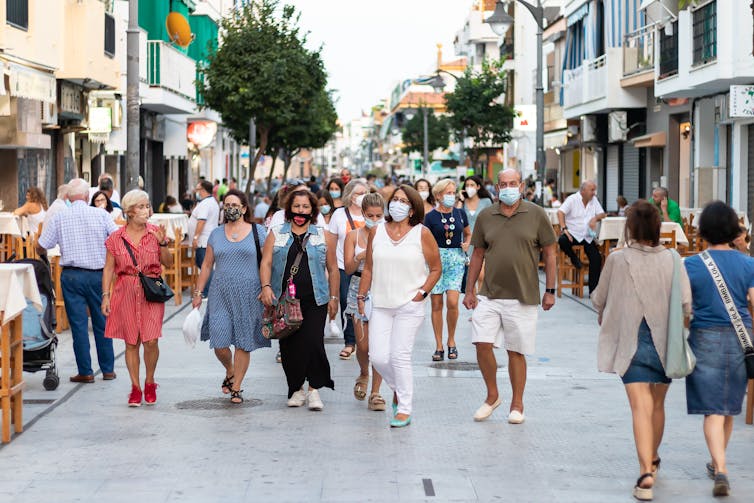
How to interpret academic papers
Interim trial results have been unveiled via press releases, but full analyses have been published in academic papers. As a lay reader, understanding the key points of a journal paper and what the research does and does not reveal can be difficult. However, asking specific questions when reading vaccine results can help unlock their significance, explains Simon Kolstoe, Senior Lecturer in Evidence-Based Healthcare, University of Portsmouth. Reading an academic paper also becomes easier if you break it down into chunks and read certain parts first.
Vaccine efficacy vs effectiveness
Trials describe how well vaccines work using a measure called efficacy – which isn’t the same as effectiveness, explains Zania Stamataki, Senior Lecturer in Viral Immunology, University of Birmingham. Efficacy is the performance of a treatment under ideal and controlled circumstances, whereas effectiveness is performance under real-world conditions. Often effectiveness ends up being lower than efficacy: people skipping boosters, a virus mutating or the vaccine’s effects waning over time can all lower how protective it is in the real world.
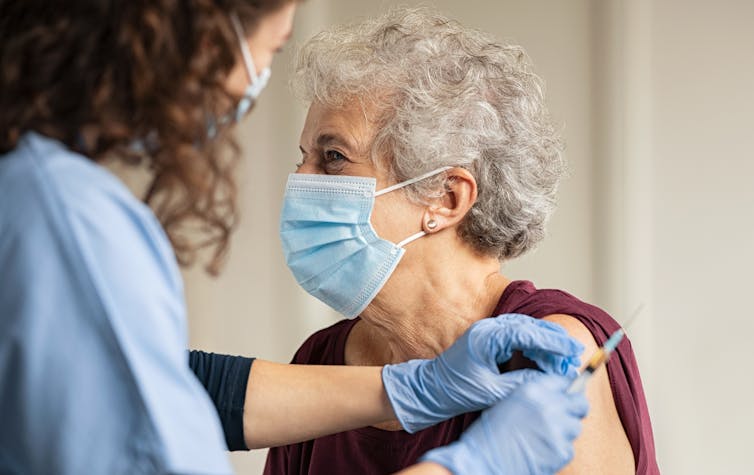
There’s good news for older people
Demographic factors also impact vaccine effectiveness – particularly age. Over time, our immune system becomes less able to mount an effective response against pathogens or vaccines. So in this light, these first vaccines look very promising, says Zania Stamataki, Senior Lecturer in Viral Immunology, University of Birmingham. They all seem to have elicited a good response in older trial participants. This is important, as we know older people are more vulnerable to COVID-19, and so are most in need of protection.
But are we expecting too much?
When the Pfizer vaccine results were announced, some commentators were quick to suggest things would be back to normal by spring. This seems optimistic, says Sarah Pitt, Principal Lecturer in Microbiology and Biomedical Science Practice, University of Brighton. We don’t know yet whether these first vaccines will stop people spreading the virus or just stop them from getting ill. Rolling them out is also going to take time – with many parts of the world having to wait for doses to be produced and delivered. Normalcy may still be some way off.
What’s going on with China’s vaccines?
While attention in the west has focused on the Pfizer, Moderna and AstraZeneca vaccines, Chinese authorities have approved multiple vaccines developed by Chinese companies – and over one million people in China have already been vaccinated. But worryingly, the vaccines being given haven’t been through phase 3 trials – rather, the current roll-out is being treated as the final stage of testing. Here’s what we know about these vaccines’ safety and efficacy – explained by Adam Taylor, Early Career Research Leader, Griffith University.
Restrictions won’t immediately disappear
With vaccine roll-out now underway, there’s good reason to be optimistic about the future, writes Manal Mohammed, Lecturer in Medical Microbiology, University of Westminster. But, she argues, it would be a terrible mistake to ease up on control measures: the Pfizer vaccine only reaches full effect six weeks after the first jab, and we don’t yet know if any of these vaccines stop transmission. Taking these and other factors into consideration, mask wearing and social distancing may still be needed for some time – perhaps up to a year.
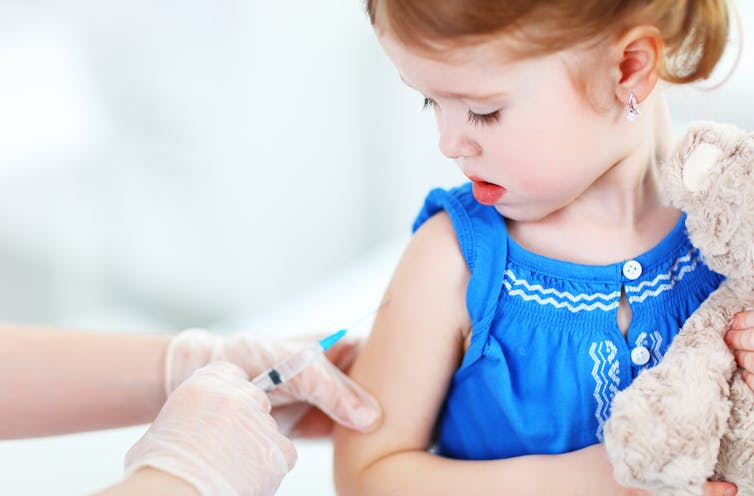
Who’s first in line to get vaccinated?
It’s not possible people to vaccinate everyone immediately, so people will have to be prioritised – but who should go first? There are cases both for prioritising children and older people. Indeed, different countries are adopting different stances. The UK is focusing initially on vaccinating the elderly and those working in health and care; France is doing the same but is also prioritising those who are highly exposed, such as school and transport staff.
Ultra-cold vaccines are hard to distribute
The Pfizer vaccine has to be stored at -80⁰C, which is a big challenge, says Michael Head, Senior Research Fellow in Global Health, University of Southampton. The equipment and costs involved in maintaining this temperature could make delivering the vaccine to remote or poorer areas very difficult. Even in high-income countries, many medical practices don’t have the means to keep it this cold. Because of this, subsequent vaccines that don’t have to been kept at such a low temperature might end up being preferred in some parts of the world.
And transport is a logistical puzzle
Once the Pfizer vaccine has been thawed out for use, it only keeps for five days. It also degrades when moved, so can only be transported a certain number of times. To get around these limits, UK authorities have worked hard on the “last-mile” logistics needed to get the vaccine to patients sufficiently cool and undisturbed. Down the line, it might make sense to shift production of the Pfizer vaccine to countries where it’s being administered, to reduce transportation.
Are ‘immunity passports’ a good idea?
Documents that certify that you’ve had the virus or a vaccine are being adopted by some countries, including the UK. They shouldn’t be used to determine whether someone can enter a country or establishment, the British government has said, but that doesn’t mean they won’t be used in this way. This is problematic, as we don’t yet know enough about COVID-19 immunity to guarantee that someone who has been infected or vaccinated poses no risk to others.
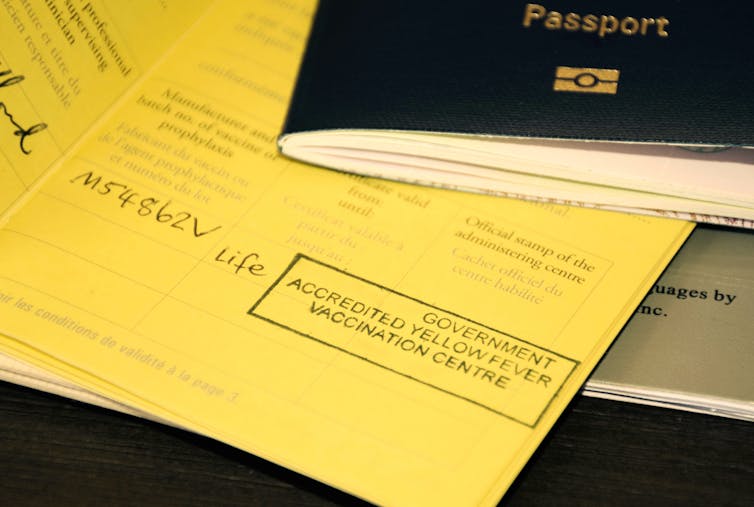
Should you take multiple COVID vaccines?
Taking vaccine boosters or different vaccines (when available) is fine, says Tracy Hussell, Professor of Inflammatory Disease, University of Manchester. Priming the immune system with one shot and then boosting it with another is a common practice in immunology. It doesn’t matter if the vaccine used to prime the immune system is different from the one used to boost, as long as they both target the same thing. As the three leading vaccines all target the SARS-CoV-2 spike protein, they should be effective at boosting one another.
Why Oxford’s vaccine is a gamechanger
The Oxford/AstraZeneca vaccine’s efficacy is lower than Pfizer’s, but it should still be a global gamechanger, writes Michael Head, Senior Research Fellow in Global Health, University of Southampton. It doesn’t need to be frozen, instead keeping for six months in a regular fridge. It also costs only US$4 a shot – five times less than Pfizer’s. But perhaps most importantly, AstraZeneca has committed to providing far more of its vaccine to countries outside of Europe and the US. This could be the vaccine that protects the low-income world.
A significant number could reject a vaccine
Various surveys have found that COVID-19 vaccine hesitancy is a problem, says Gul Deniz Salali, Lecturer in Evolutionary Anthropology/Medicine, UCL. But the factors that predict or explain hesitancy can be complicated. Believing in conspiracy theories and being vaccine hesitant go hand in hand, for example, but there are other factors at play too. People’s perceptions of risk, levels of anxiety and news-consumption habits are all associated with accepting vaccines. Misinformation on social media is also a driver of scepticism.
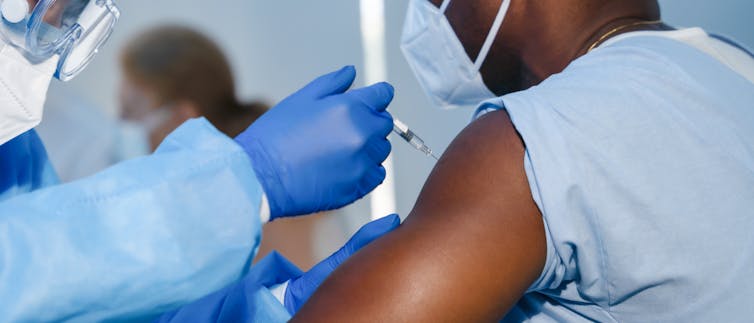
Why hesitancy is high among Black people
Surveys in the US and the UK have shown that vaccine hesitancy is significantly higher among Black people than white people. However, the scepticism of many Black people cannot be seen as just another anti-vaxxer response, argues Winston Morgan, Reader in Toxicology and Clinical Biochemistry, University of East London. Rather, it’s the manifestation of years of poor medical treatment and questionable practices in drug development experienced by Black people, which still continue in clinical trials and healthcare to this day.
Healthcare workers may be hesitant too
Research has also shown that a significant number of health workers are hesitant to take a COVID-19 vaccine. They have the same concerns as members of the public, wanting assurance about safety and side-effects, says Lynn Williams, Reader in Psychology, University of Strathclyde. As more information becomes available, authorities can provide this reassurance, which will be much needed: health workers are at greater risk from the virus and will play a key role in promoting vaccination – so their uptake must be high.
We should listen, not condemn
Vaccine scepticism has a long history, which should nudge us towards a more thoughtful and productive conversation about vaccines. Widespread scepticism is often a product of citizens’ relationship with the state, and historically has been based on legitimate concerns about safety and rights rather than irrational conspiracy theories. Today, too, we should be open to the nuanced reasons why people hesitate.
Experts identify ways to build public trust
The Verified project has produced eight principles to guide authorities on how to talk about vaccines and build trust in them, having gathered the opinions of behavioural psychologists, medical anthropologists, neuroscientists and others. They suggest starting by finding the common ground between what you hope to achieve and what matters to your audience. Being the first to talk about a subject, using the right messengers and being up front about your motives could help too.
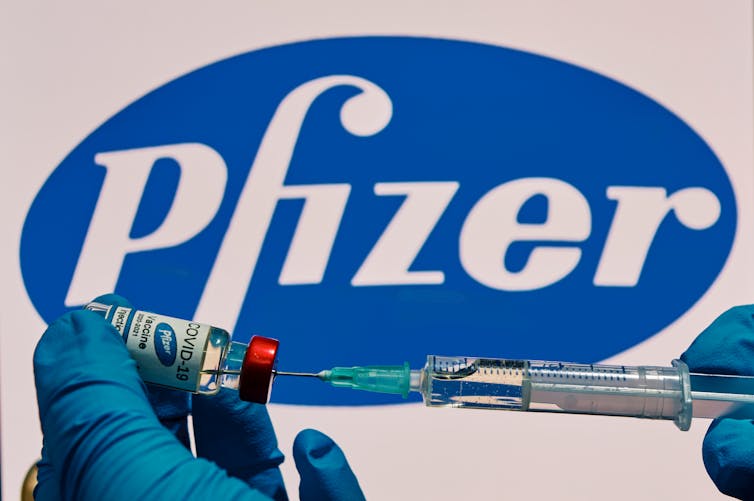
What pharma can do to build trust
Pharma companies can build trust in vaccines by being more transparent, argues Charles Weijer, Professor of Medicine, Epidemiology and Biostatistics, and Philosophy, Western University. Vaccine developers have taken some steps in the right direction, such as publishing the protocols for their phase 3 trials. But they should go further – by making clear who sits on the committees monitoring the trials, disclosing details of any serious adverse events experienced by participants, and making the (anonymised) trial data publicly available for scrutiny afterwards.
Should COVID-19 vaccines be mandatory?
Only if lots of people get vaccinated will we reach herd immunity – where enough people are immune to COVID-19 to stop it from spreading freely. To achieve this, some have suggested vaccines should be made compulsory (though the UK government has ruled this out). But with high rates of COVID-19 vaccine hesitancy, is this the right call? In this piece, two experts put forward the case for and against making these vaccines compulsory.
Are celebrity endorsements a good idea?
The NHS plans to enlist celebrities and influencers to persuade people to get vaccinated. While some might roll their eyes, celebrities have promoted government messages for years – and they’ve proven to be highly effective. But it doesn’t always work, as Elvis’s support of polio vaccination showed in the 1950s. People, then and now, are capable of being told by a celebrity to do something and, for all sorts of reasons, declining to do it.
Rob Reddick, Commissioning Editor, COVID-19, The Conversation
This article is republished from The Conversation under a Creative Commons license. Read the original article.